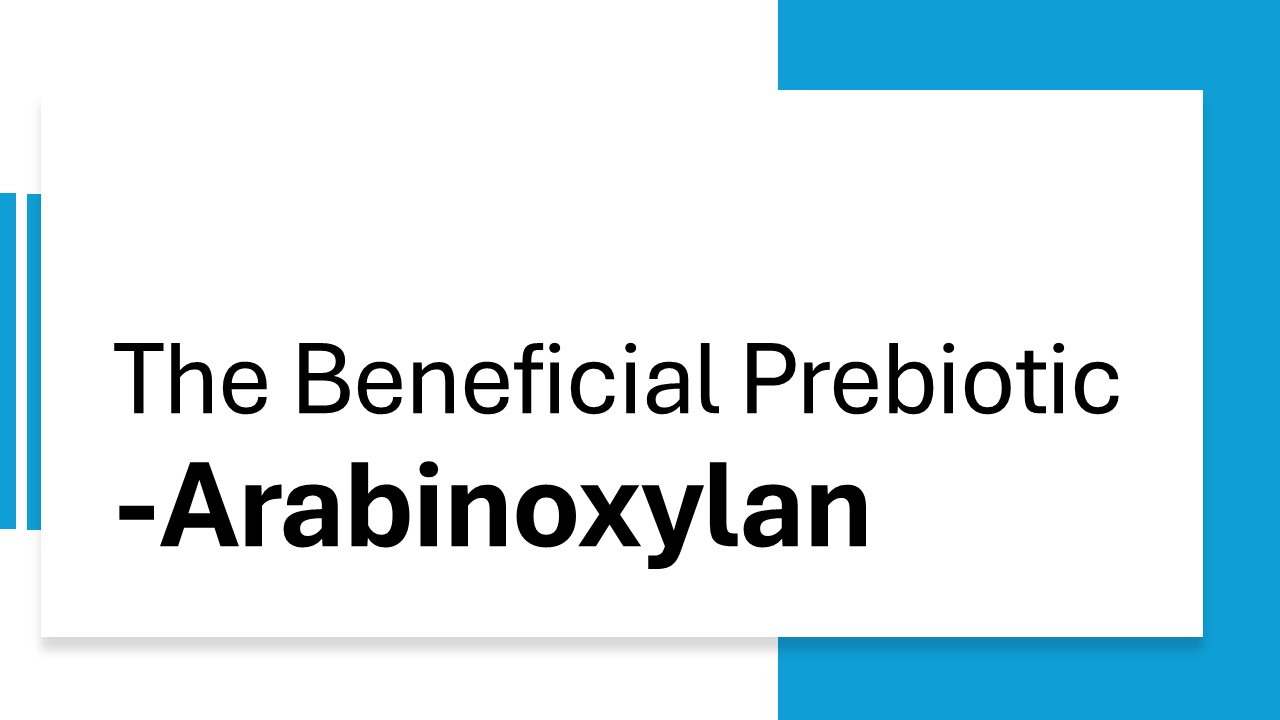The food you eat is usually just thought of as protein, carbohydrates and fats. But the reality is, that it’s much more complicated than that. The fats alone have a variety of different forms and end results. There are phytochemicals (plant compounds) found in whole foods, which can have a myriad of beneficial effects on the body. And of course there’s fiber as well. Or should we say prebiotics?
So what is the difference between fiber and prebiotics? That’s a great question as many experts are confused by this, because they are so similar. Both are indigestible to us, and make their way, more or less intact further on down the GI tract. When most people think of the term fiber, they think of a bulking physical action, which has its benefits. Prebiotics on the other hand conjure up the idea of feeding good bacteria. Both of these are true. But fibers also ferment, and prebiotics can also feed bad bacteria. The key is knowing which are best to feed your specific microbiome, at what dose and blended with which other prebiotics.
Arabinoxylan is a crucial prebiotic which I’ve used to help many people over the years as the former director of medical education for a microbiome firm. And now with my own educational platform, I’m here to help everybody, and a part of that is informing you on the benefits of arabinoxylan.
So, what is arabinoxylan and why should you care? It is a normal component of your food, however due to its structure, your gastrointestinal tract is not able to access the sugars within. The good news is that those sugars become fuel for your microbiome. There are several critical health-promotors within your microbiota in which multiple studies have shown that they love arabinoxylan and thrive off of it. They are Eubacterium rectale (now Agathobacter rectalis), species from the genera Bifidobacterium, Blautia, Roseburia and Ruminococcus.
These bacteria possess the enzymatic machinery able to access the sugars locked behind specific bonds. But also important is where they do it. I don’t recommend simple prebiotics like FOS and GOS to people. Yes, I know they have been shown to increase Bifidobacterium, but big deal. Many prebiotics increase Bifidobacterium, and the microbiome is infinitely more complex than just one genus. These simple snipped up prebiotics will ferment in the small intestine. This is especially bad for people with SIBO, and yet I keep having consults with SIBO patients who have been recommended these products by their practitioners. The relative complexity of arabinoxylan, allows it to be fermented in the colon, by butyrate-producing superstars like Roseburia. That’s a very good thing.
There are a number of sources of arabinoxylan in our diet, but the best sources are from bran. This would include rice, wheat, barley, rye and corn bran. I always work with a rice bran product, because a number or people have issues with gluten containing foods, which eliminates three of the sources listed above. But in the end, it’s what works best for you, the individual, and which product you can readily find, especially if you’re one of my many international customers. Of course, as I always say, I never use one prebiotic alone. They are always in combination with others, which are designed to support the specific needs of a given microbial fingerprint for whichever condition from which you may suffer.
In our world as it is, we all now have to be our own health advocates. With a broken government, food and medical system, you need to take charge of your healthcare. So, educate yourself, as best you can. This is why I’ve launched my educational platform. For you. You can find my presentation entitled, “The Beneficial Prebiotic -Arabinoxylan” in my Microbiome University tab, and also on my YouTube channel. If you have a condition or disease that you think would be well served by addressing your microbiome, you can visit the Protocols tab on my website where you can find a science-based protocol which may dramatically improve your quality of life.
The references cited within this video presentation (who else is providing you with this?)
Modifying wheat bran to improve its health benefits – PubMed (nih.gov)

